Meet the Hippopotamus
The hippopotamus is one of Africa’s most iconic animals — a true “river giant.” With their barrel-shaped bodies, short legs, and enormous jaws, hippos are instantly recognizable.
Powerful and unique, hippos are semi-aquatic mammals that spend their days in rivers and lakes and their nights grazing on land. They may look slow and calm, but they’re among the most territorial animals in Africa — and they’re considered a keystone species for the ecosystems they shape.
Despite their heavy build, they’re surprisingly agile and fascinating to watch. From their secret lives underwater to their role in shaping African rivers, hippos remain one of the most important — and misunderstood — mammals on Earth.
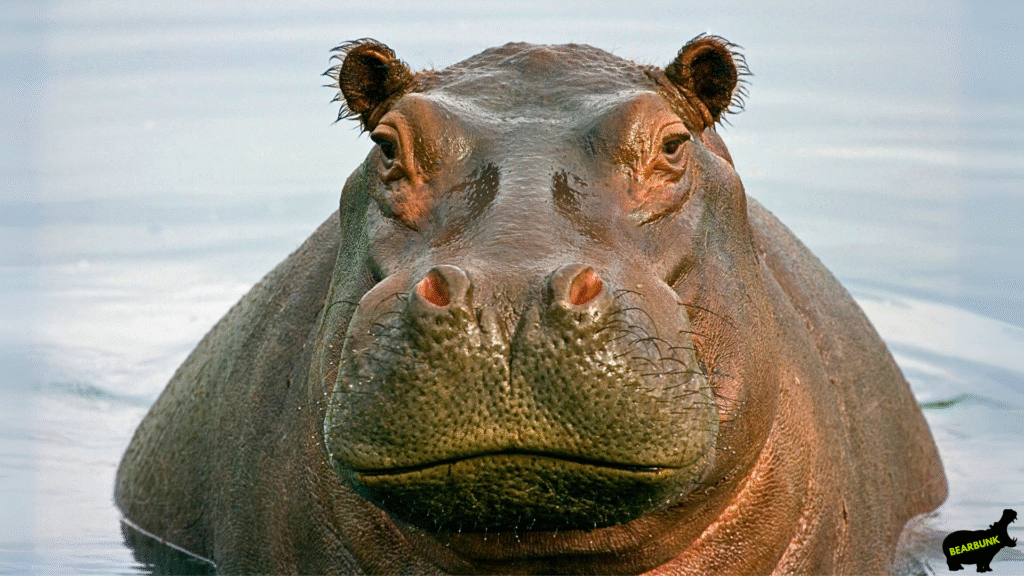
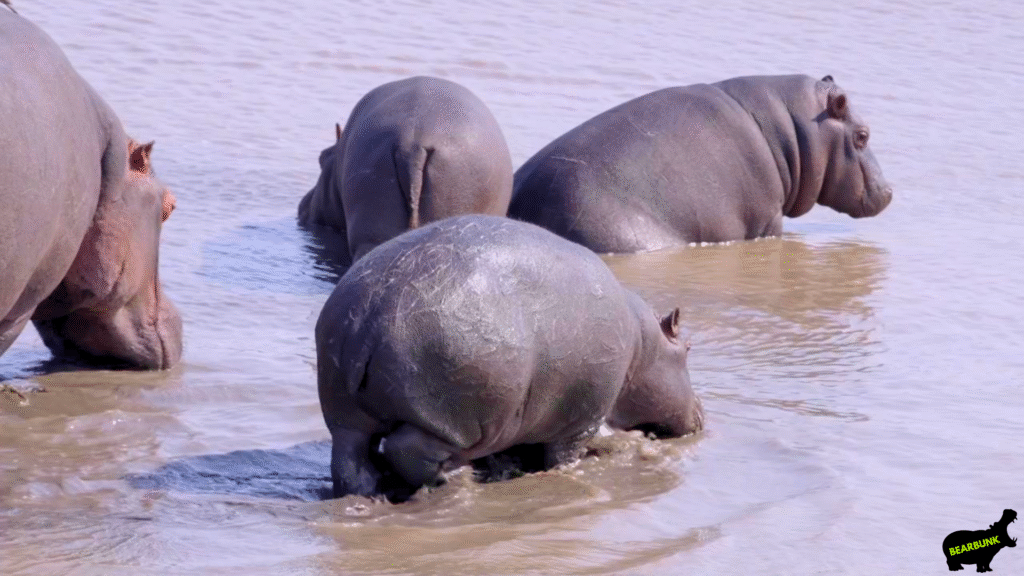
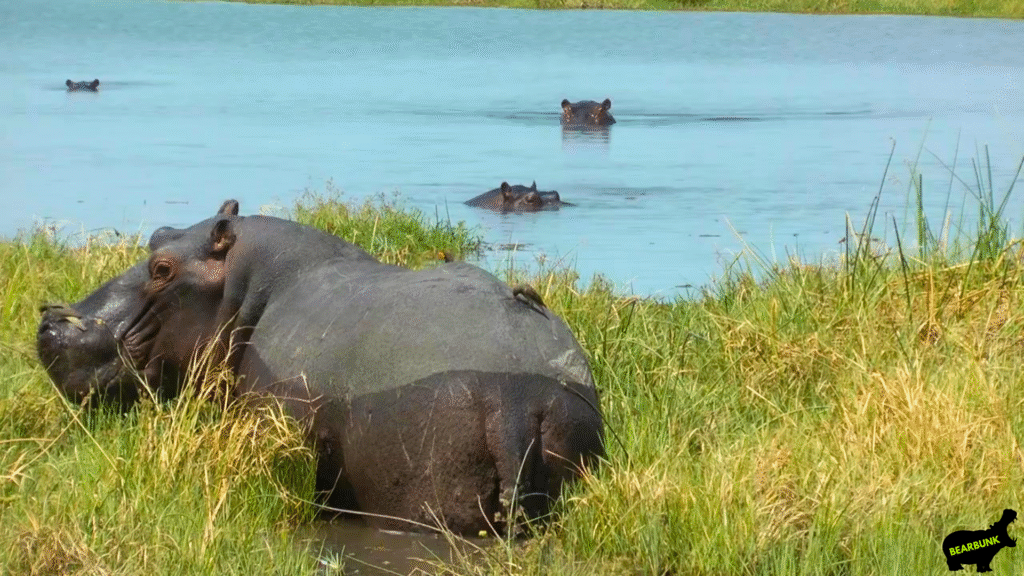
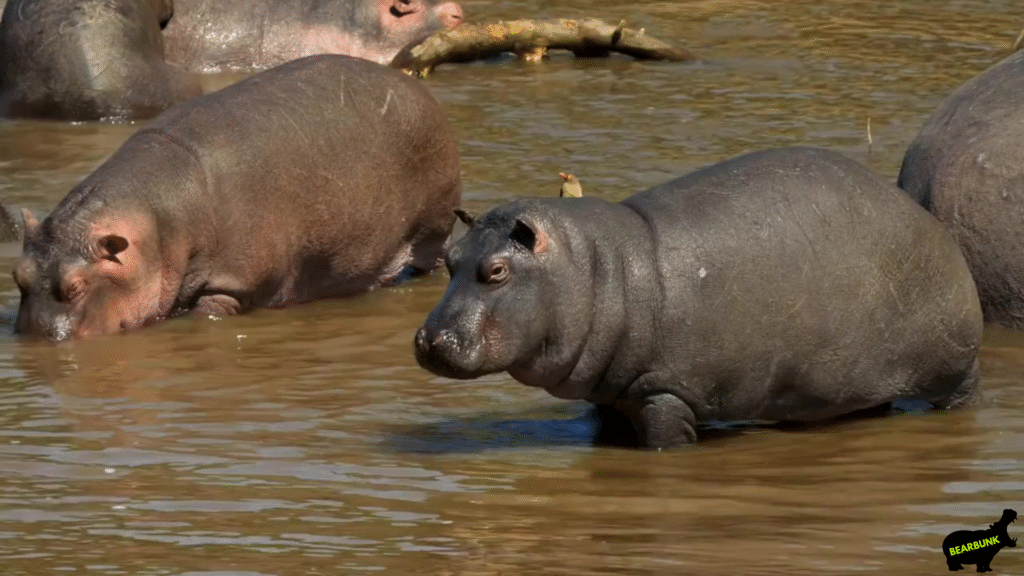
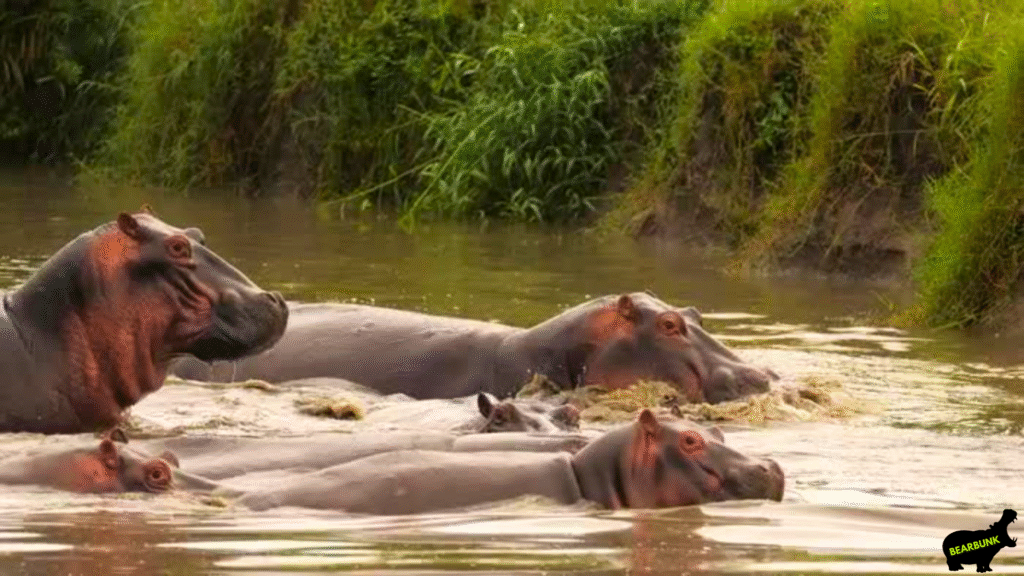
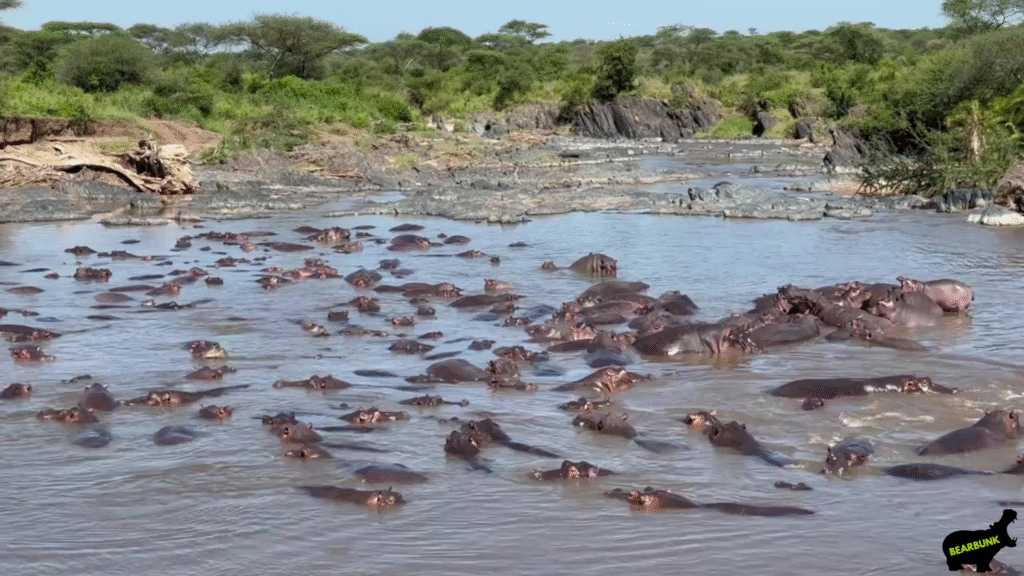
Species of Hippos
There are actually two living species of hippos today:
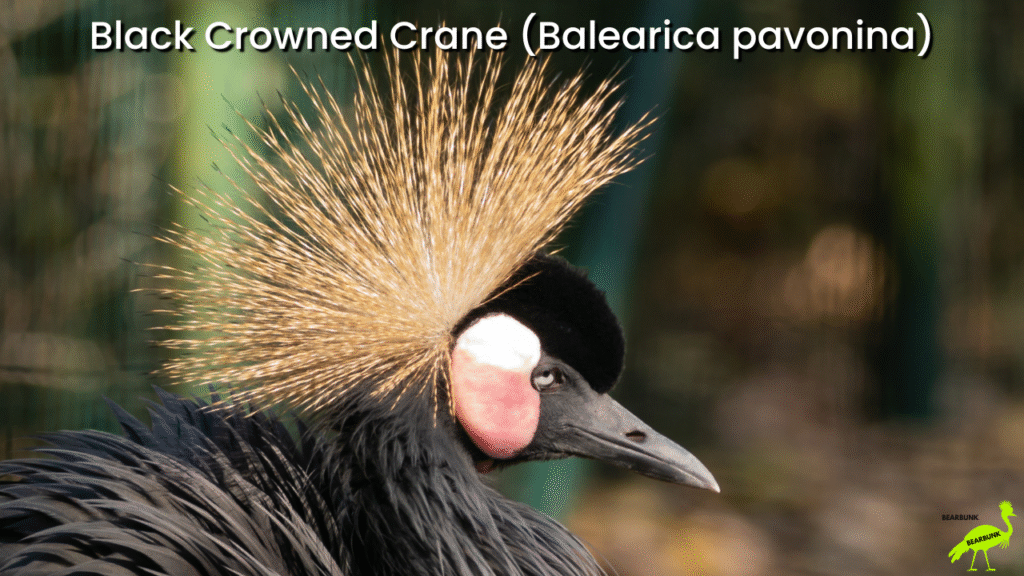
Common Hippopotamus (Hippopotamus amphibius)
Found across much of sub-Saharan Africa.
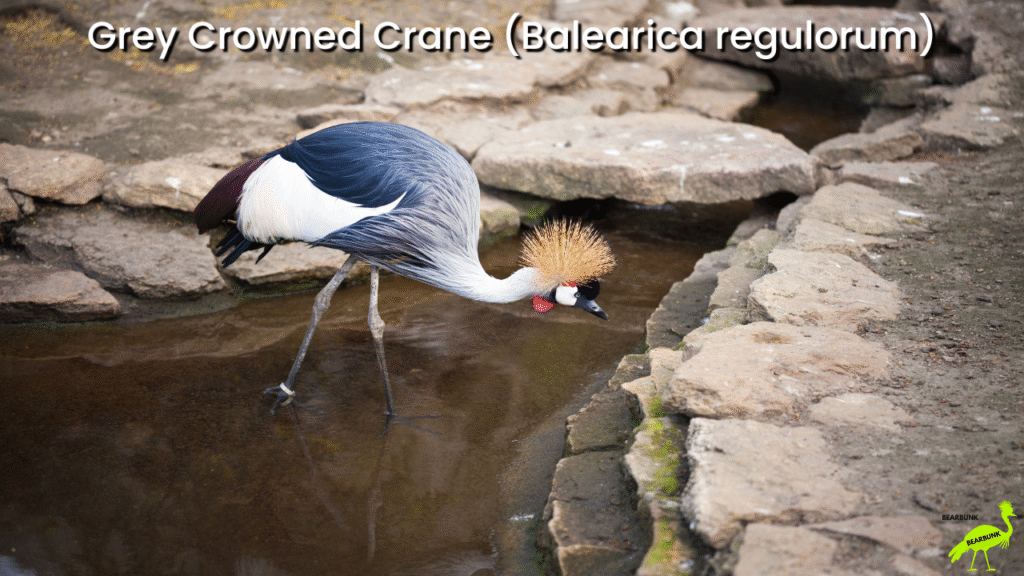
Pygmy Hippopotamus (Choeropsis liberiensis):
the smaller and more secretive lives in the forests and swamps of West Africa, mainly Liberia.
The pygmy hippo is less aquatic and much rarer, while the common hippo is the one most people picture when they hear “hippopotamus.”
Common Name: Hippopotamus
Scientific Name: Hippopotamus amphibius
Subfamily: Hippopotaminae
Habitat
Hippos are found throughout sub-Saharan Africa, wherever there are slow-moving rivers, lakes, and wetlands. These bodies of water provide the perfect refuge: hippos spend up to 16 hours a day submerged to keep cool under the hot sun.
They emerge at night to graze, sometimes walking several miles from water to feed. Because they depend on reliable water sources, hippo populations are closely tied to healthy river systems.
Diet
Hippos are strict herbivores. While their massive teeth might look built for carnivores, they are used mainly for defense and fighting. Hippos graze on short grasses, consuming up to 80 pounds (35 kg) in a single night.
Interestingly, they don’t eat aquatic plants, even though they spend so much time in the water. Instead, they prefer land grasses and will travel well-worn paths from the riverbank to feeding areas.
Social Life
Mantas are often solitary, but they sometimes gather in groups called squadrons to feed, mate, or visit cleaning stations. At cleaning stations, smaller fish like wrasses pick parasites and dead skin from their bodies, giving the mantas a spa-like treatment.
Share On Social:
Mating & Raising Young
Hippos are social animals that live in groups, or “pods,” often led by a dominant male. Within these groups, males compete for access to females, and courtship can be dramatic — involving displays of jaw-gaping, splashing, and vocalizations. Mating usually takes place in the water, which helps support the weight of these massive animals.
After an 8-month pregnancy, females give birth to a single calf, often underwater. Calves weigh 50–100 pounds at birth and are excellent swimmers right from the start. They can nurse both on land and underwater by closing their nostrils and ears while feeding.
Mothers are highly protective, sometimes isolating themselves with their young for the first weeks of life. Calves stay close to their mothers for several years, learning the rhythms of life in both water and on land while being shielded from danger by the pod.
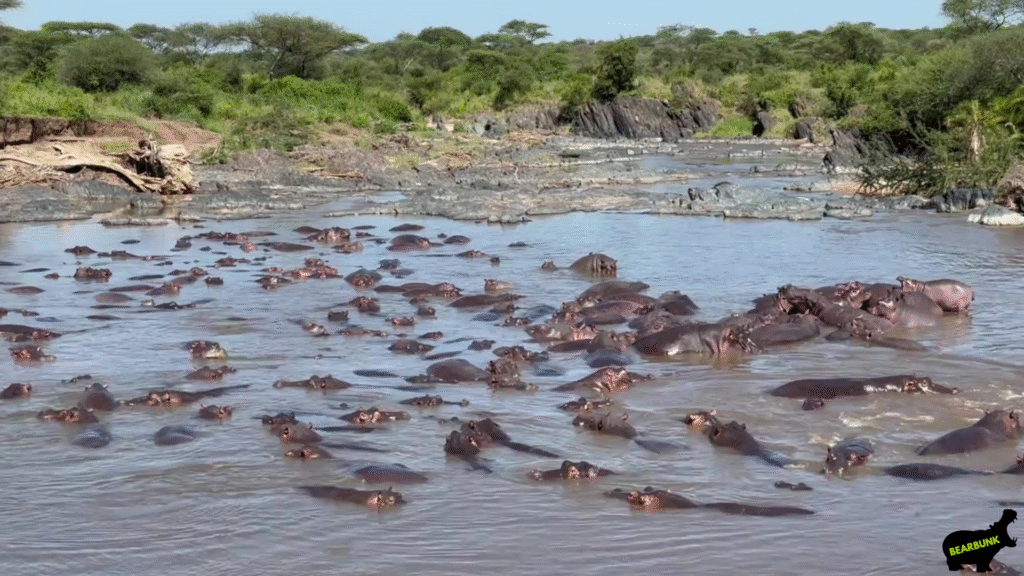
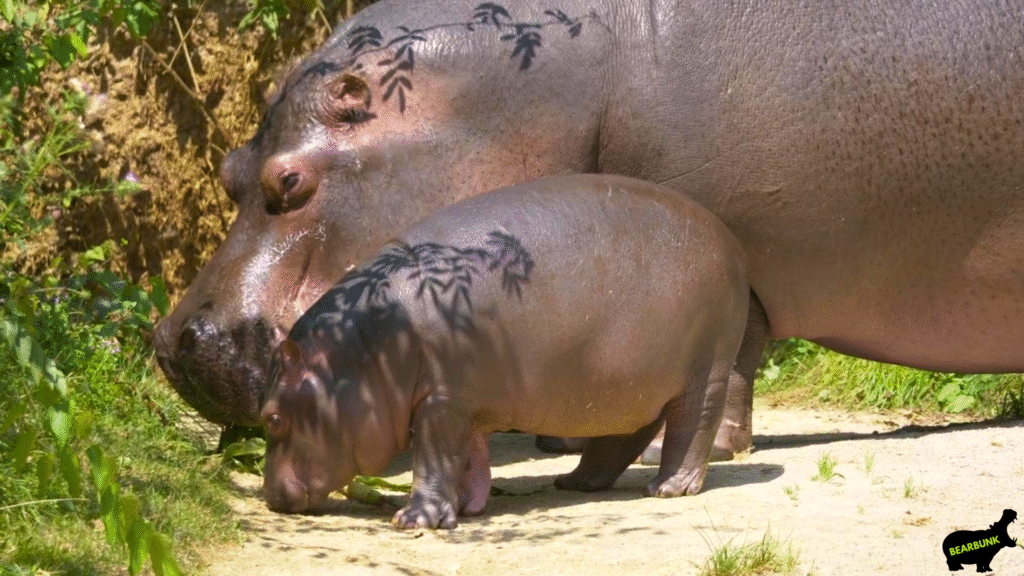
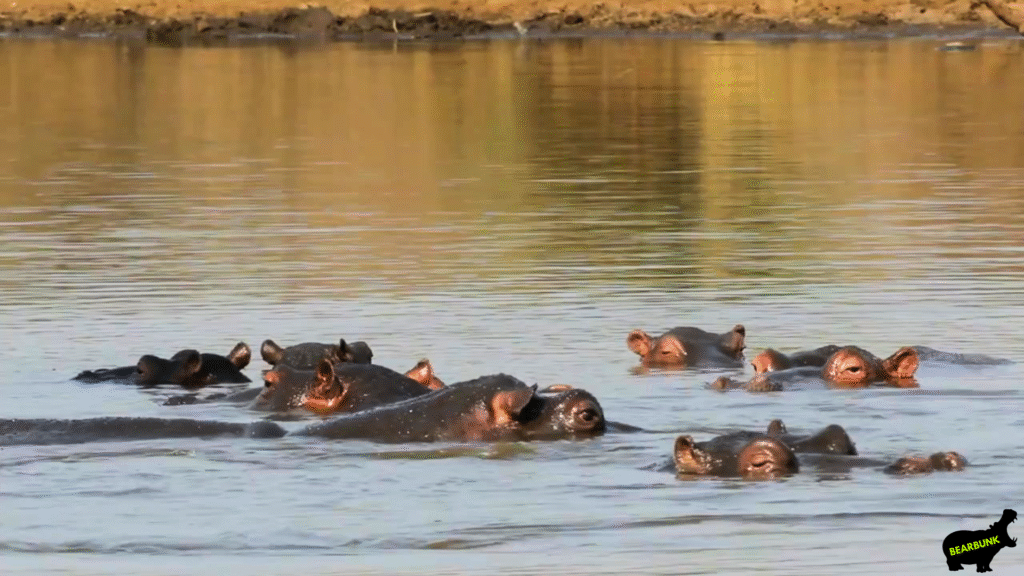
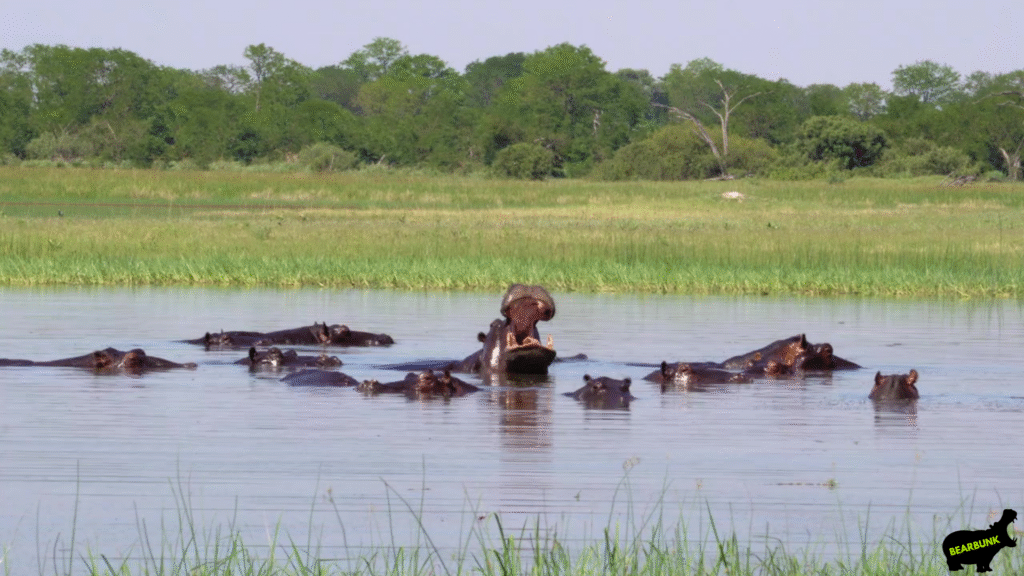
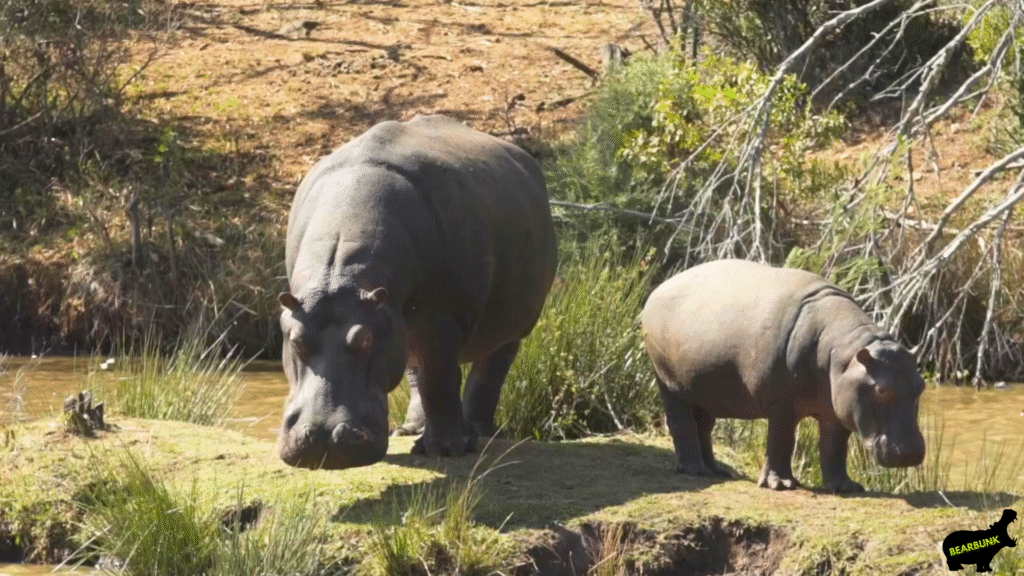
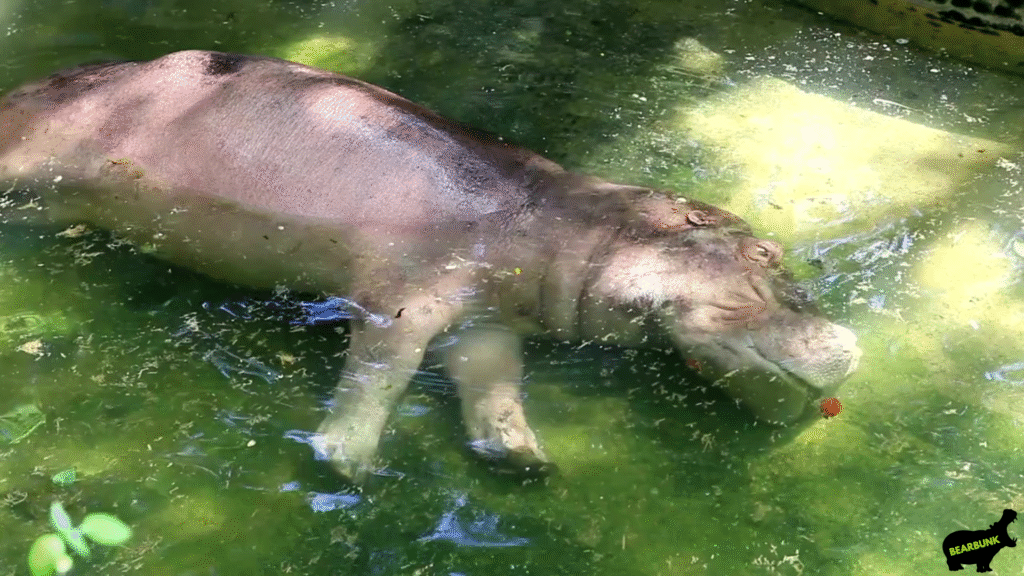
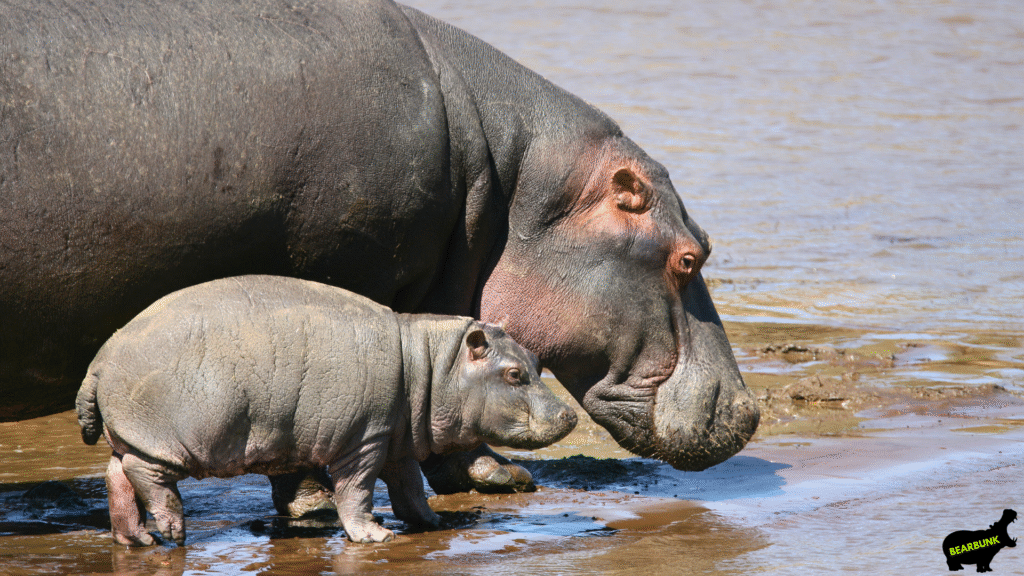
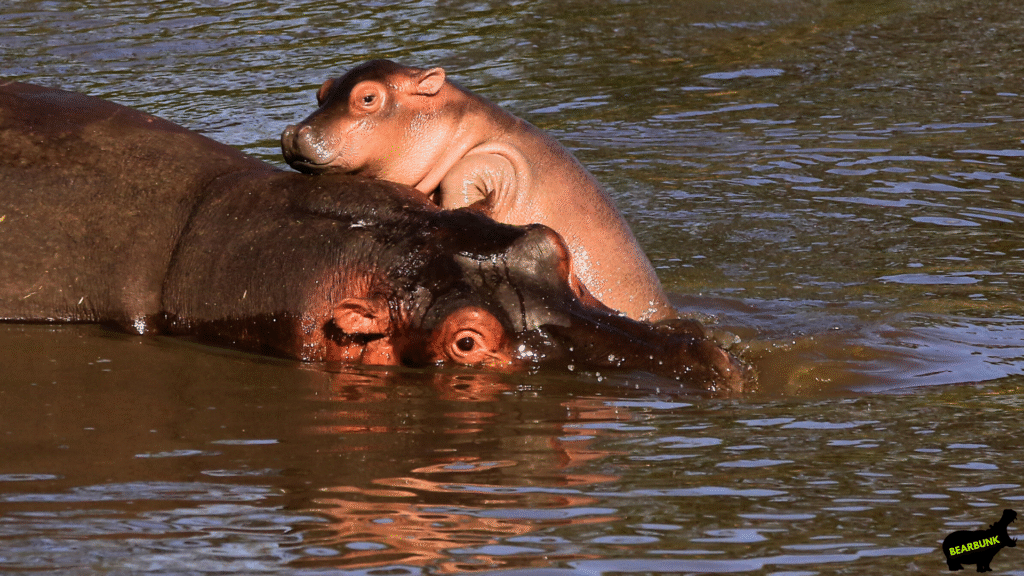
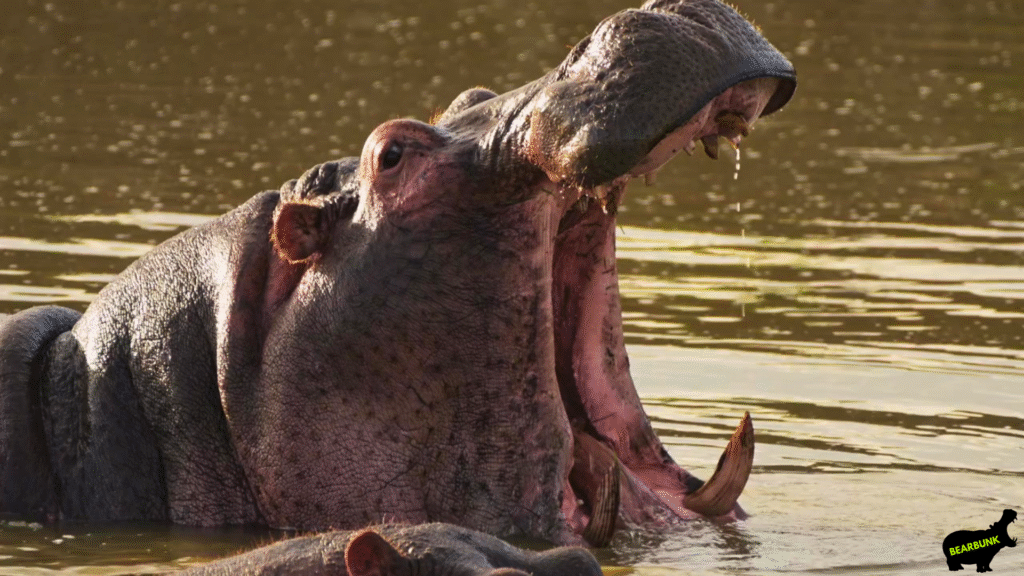
Fun Facts
- Hippos can hold their breath for up to 5 minutes underwater.
- They secrete a natural reddish fluid sometimes called “blood sweat,” which acts as both a sunscreen and an antibacterial coating.
- Despite their size, hippos can run up to 19 mph (30 km/h) on land.
- Hippos are one of the loudest animals, with calls and grunts that can be heard over a mile away.
- Their closest living relatives aren’t rhinos or pigs — but whales and dolphins!
About Hippos
Common Name: Hippopotamus (Common Hippo, Pygmy Hippo)
Scientific Name: Hippopotamus amphibius, Choeropsis liberiensis
Family: Hippopotamidae
Subfamily: Hippopotaminae
Size: Common Hippo 10–16 ft (3–5 m); Pygmy Hippo ~5 ft (1.5 m)
Weight: Common Hippo 3,000–4,000 lbs (1,360–1,800 kg); Pygmy Hippo 350–600 lbs (160–270 kg)
Lifespan: 40–50 years
Location: Sub-Saharan Africa; pygmies mainly in Liberia
Habitat: Rivers, lakes, swamps, and wetlands
Diet: Herbivorous — mainly short grasses
Conservation Status: Vulnerable (habitat loss, poaching, human conflict)
Why We Love Them
Hippos are both powerful and endearing. They inspire awe with their size and strength, but moments like a calf nestled beside its mother reveal a gentle side too. Watching a pod of hippos resting together in a river shows the beauty of these giants and the role they play in nature.
Conclusion
From their secret lives underwater to their nightly journeys on land, hippos remain one of Africa’s most fascinating mammals. They’re not just “river giants” — they’re ecosystem engineers, family protectors, and living links to the watery world they share with their unlikely cousins, the whales.
Learning about hippos helps us better understand the balance of life in Africa’s rivers and why protecting these giants matters for the health of the entire ecosystem.
Watch the Video on YouTube:
Hippopotamus Secrets of the River Giants – YouTube
Learn more about:
Mammals, Aquatic Life, Rivers and Streams, Wetlands and Marshes, African Wildlife, and Keystone Species – BearBunk
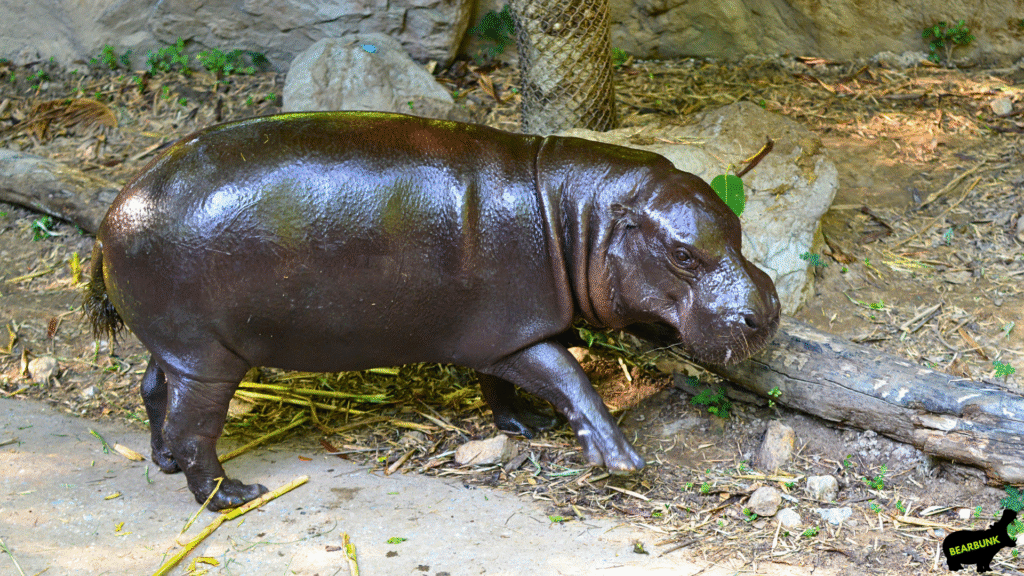
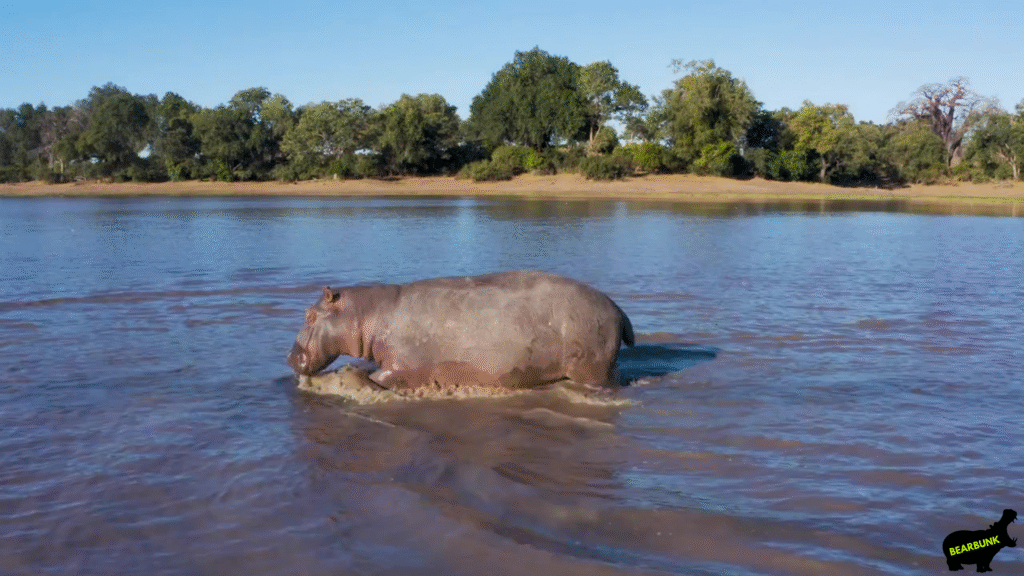
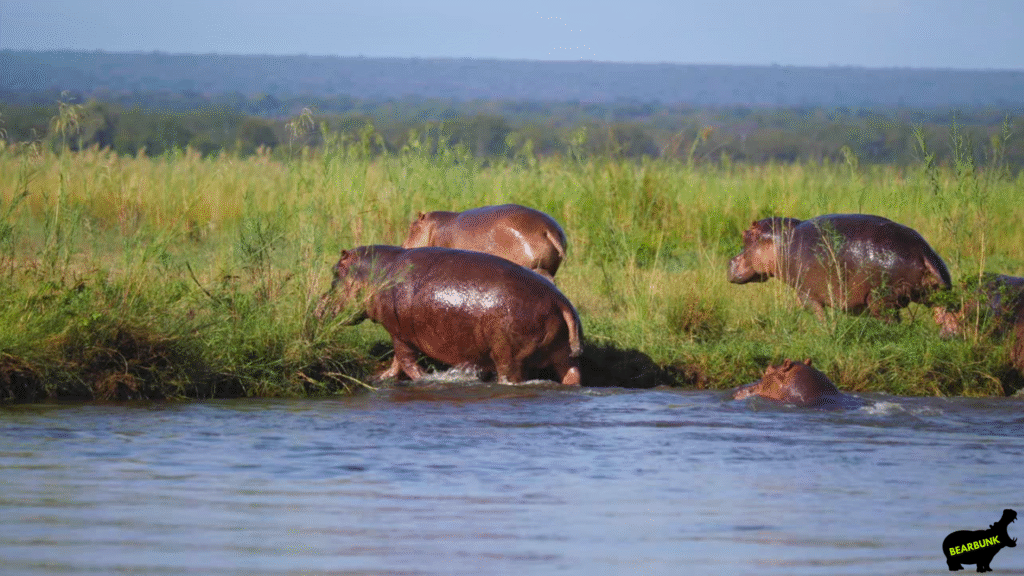
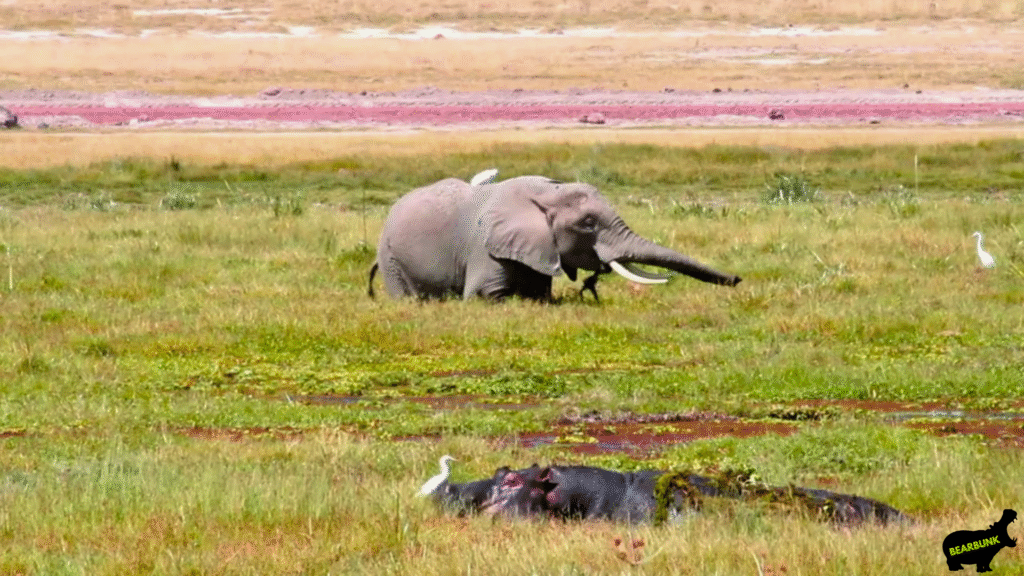
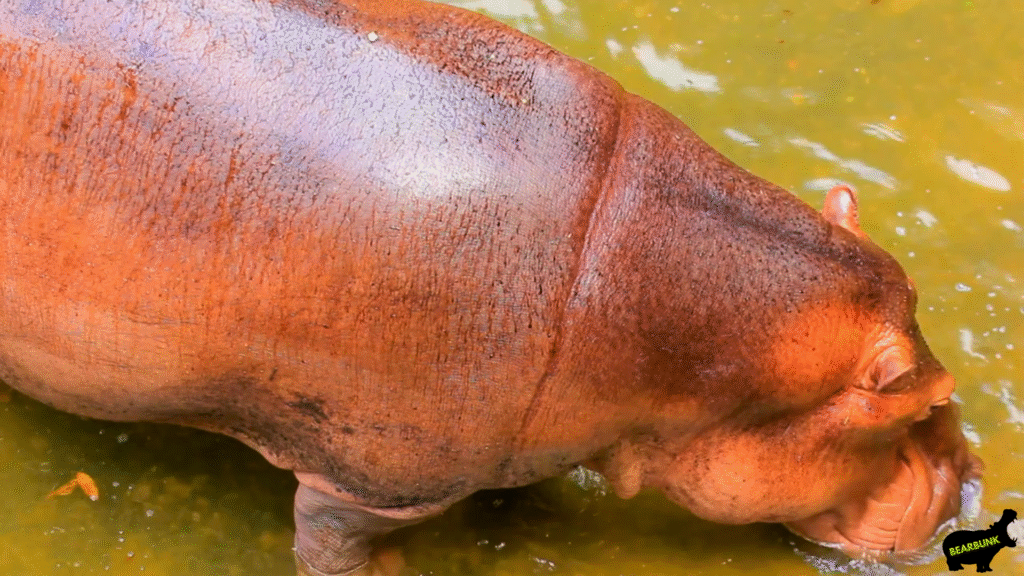
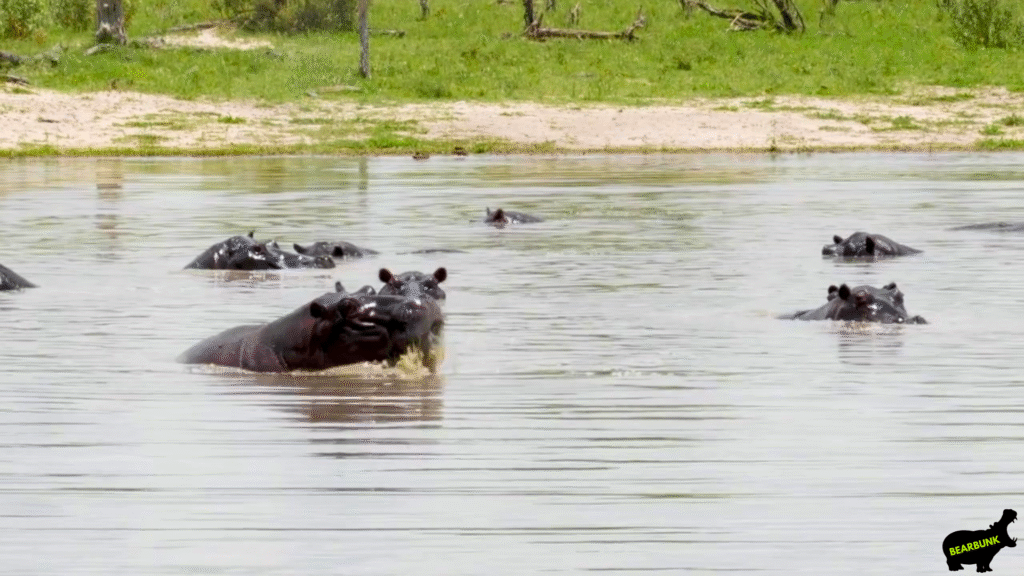
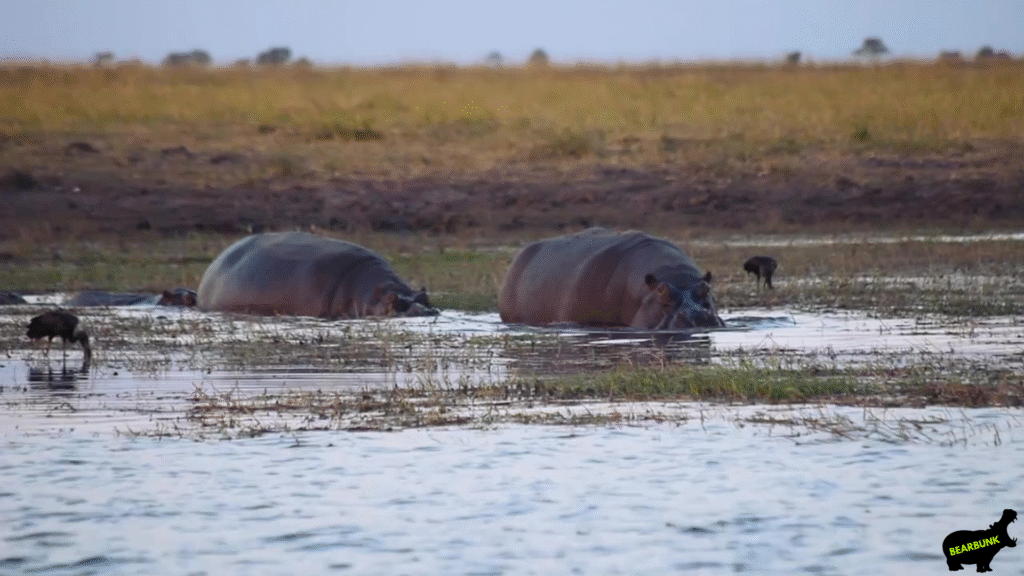
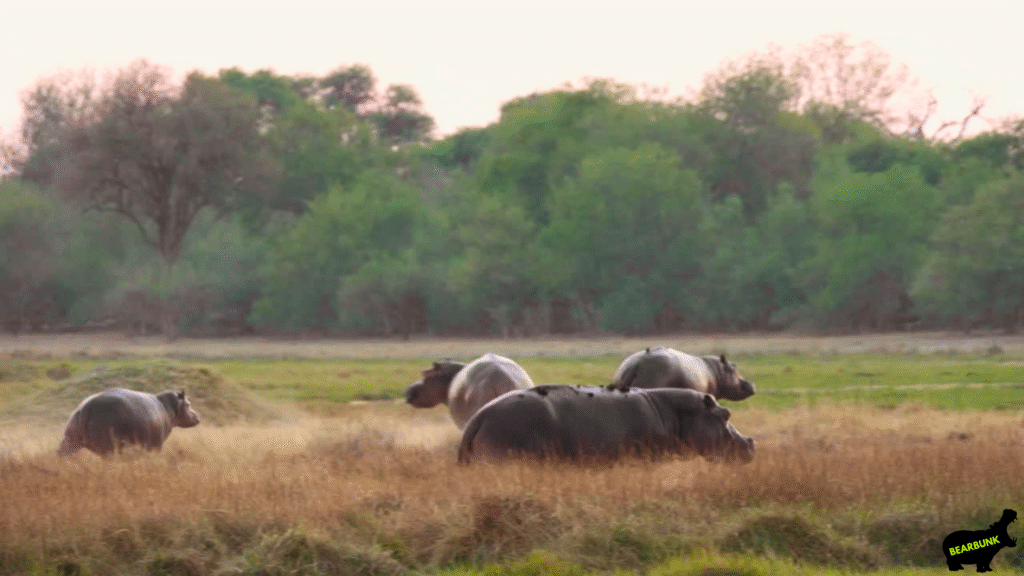
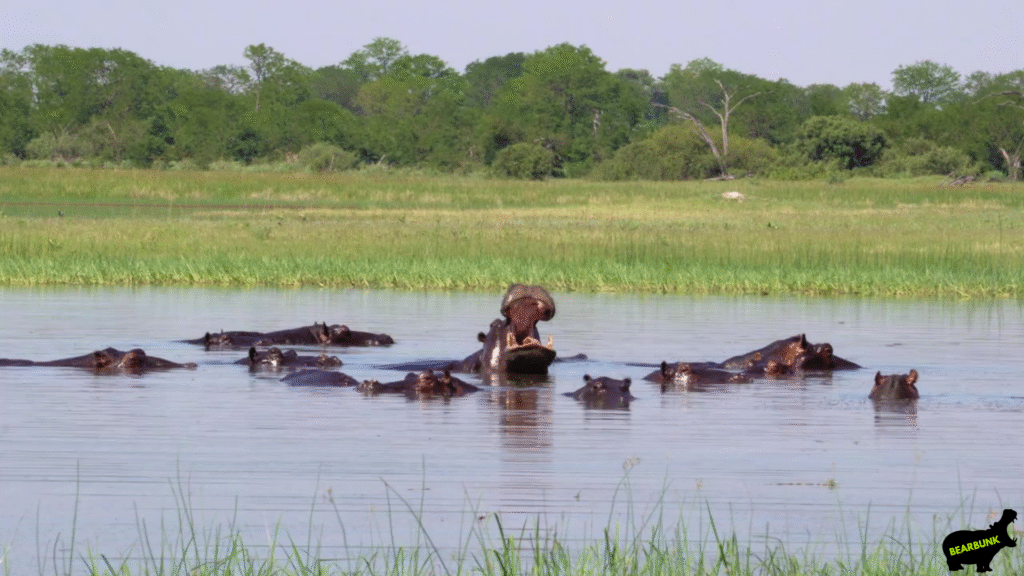
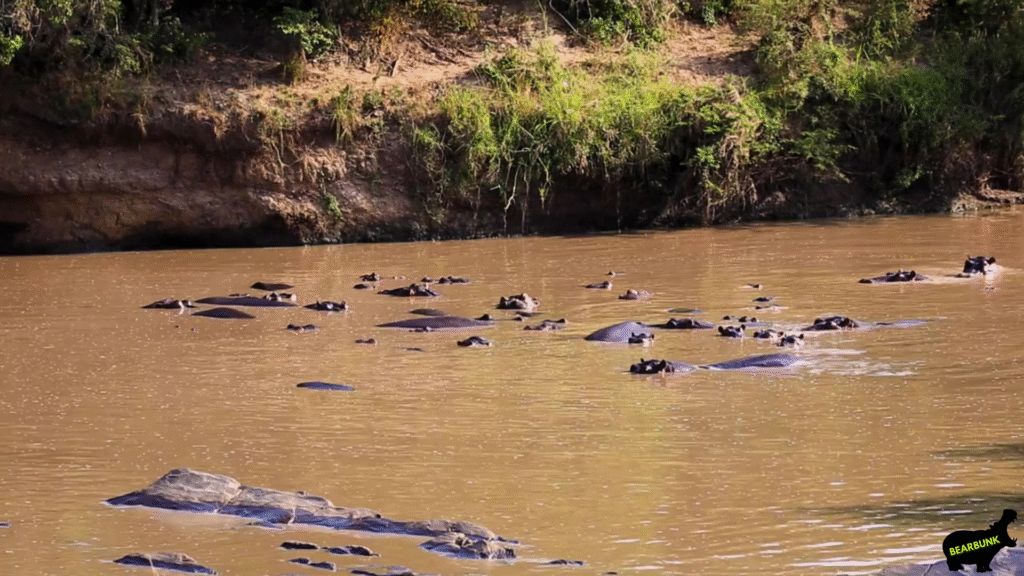
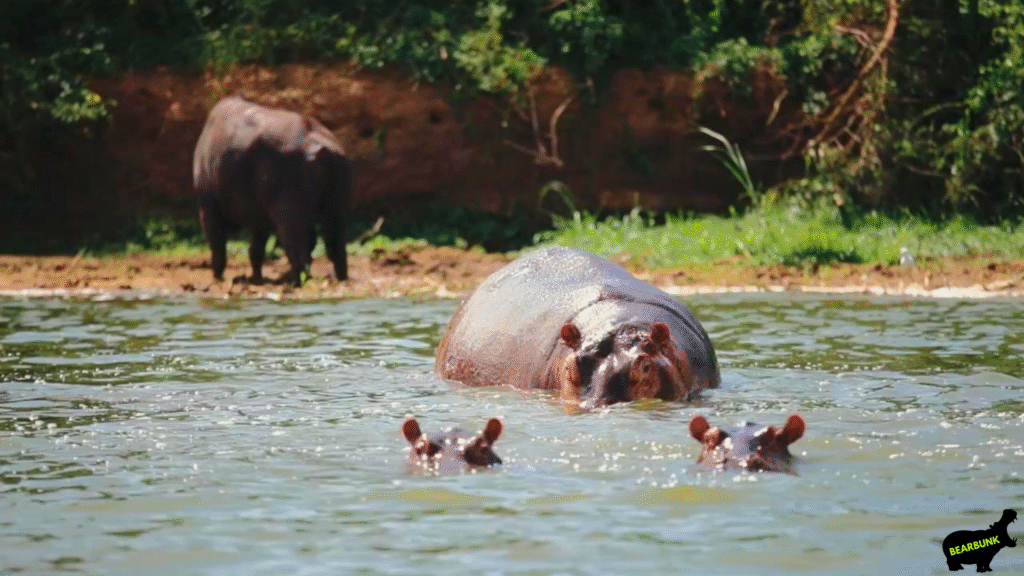
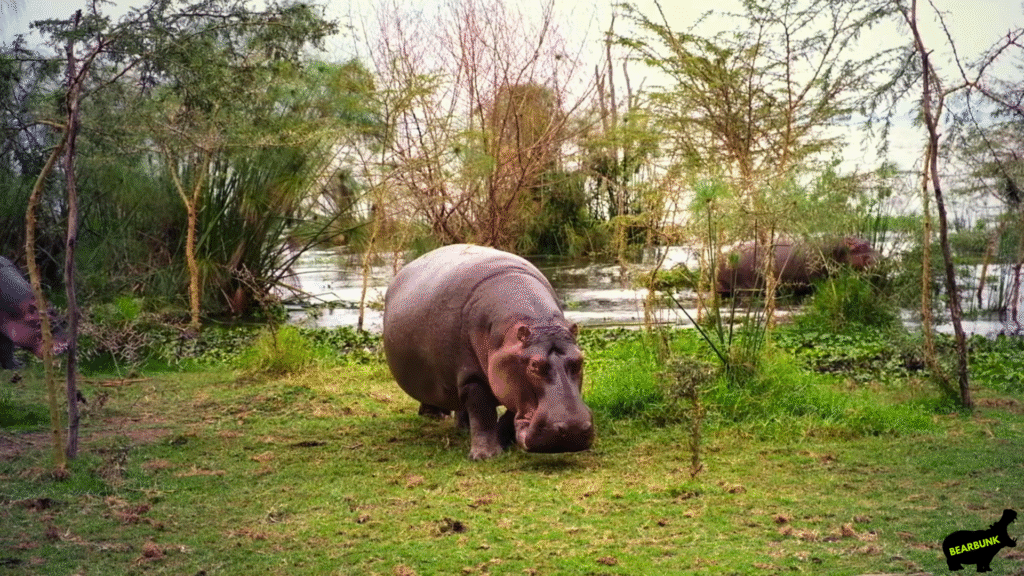
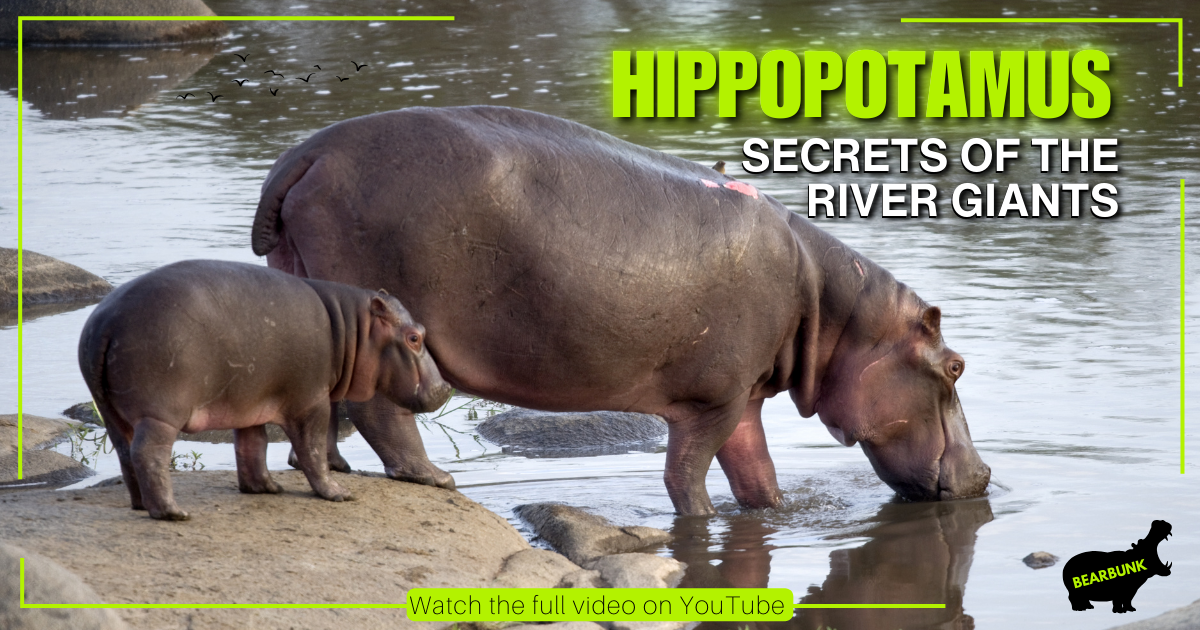



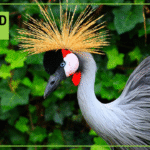

Leave a Reply